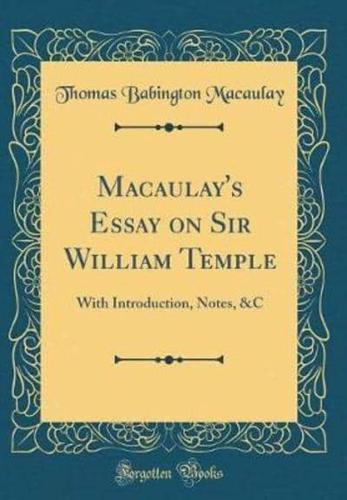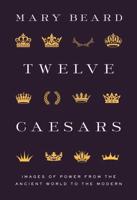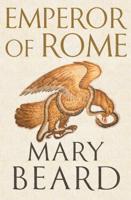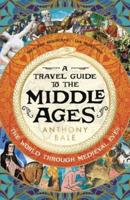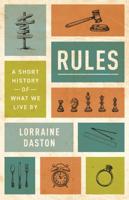Publisher's Synopsis
Excerpt from Macaulay's Essay on Sir William Temple: With Introduction, Notes, &C
India with a seat in the Supreme Council of Calcutta, which office he held until 1838, when he returned to England just after his father's death. He had continued to contribute to the Edinburgh Review during his absence in India, but he was now contemplating a more ambitious work - The History of England from James II. The essay on Sir William Temple, which appeared in 1838, doubtless arose out of his studies for this important work. In 1839 he was returned to Parliament for Edinburgh, and was te-elected at the general election of 1841. In 1842 he published his Lays of Ancient Rome, and two years later his second essay on Chatham, the last of the brilliant series contributed to the Edinbargh Review. At the next general election he was rejected, and thus having more time at his disposal he applied himself more seriously to his History, two volumes of which appeared in 1848. They were enthusiastically received, and Macaulay was offered the chair of Modern History at Cambridge. This he declined, but he pushed on with his History despite his failing health, though compelled to retire from public affairs, to which he had returned in 1852. Two more volumes were published in 1855. In 1857 he was raised to the peerage as Baron Macaulay of Rothley. Between 1853 and 1859 he contributed biographies 'of Atterbury, Bunyan, Goldsmith, Johnson, and Pitt to the Encyclopaedia Britannica, and nearly finished a fifth volume Of the History. He died on the 28th of December, 1859, and was buried in Westminster Abbey.
Macaulay's life was one of stem devotion to work. His habits were simple, and his head was never turned by his literary success. His dutiful conduct to his father, his deep-rooted affection for his sisters, and the singular uprightness of his public life are all faithfully recorded by his nephew and biographer, Sir George Otto Trevelyan.
About the Publisher
Forgotten Books publishes hundreds of thousands of rare and classic books. Find more at www.forgottenbooks.com
This book is a reproduction of an important historical work. Forgotten Books uses state-of-the-art technology to digitally reconstruct the work, preserving the original format whilst repairing imperfections present in the aged copy. In rare cases, an imperfection in the original, such as a blemish or missing page, may be replicated in our edition. We do, however, repair the vast majority of imperfections successfully; any imperfections that remain are intentionally left to preserve the state of such historical works.
